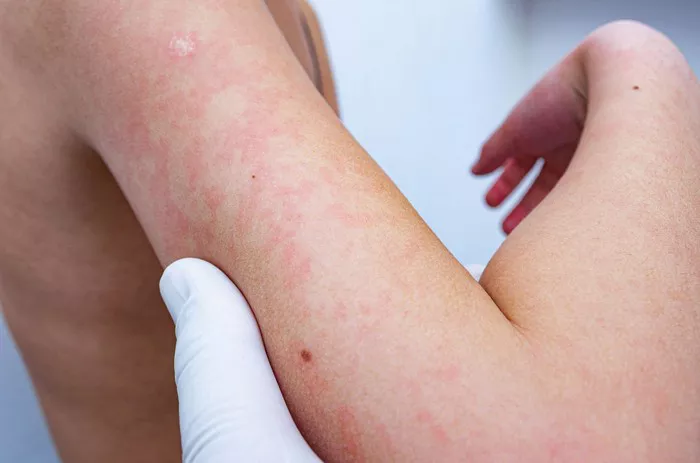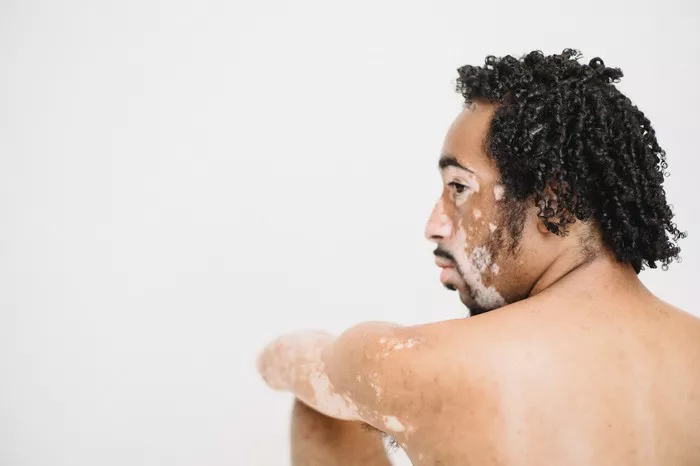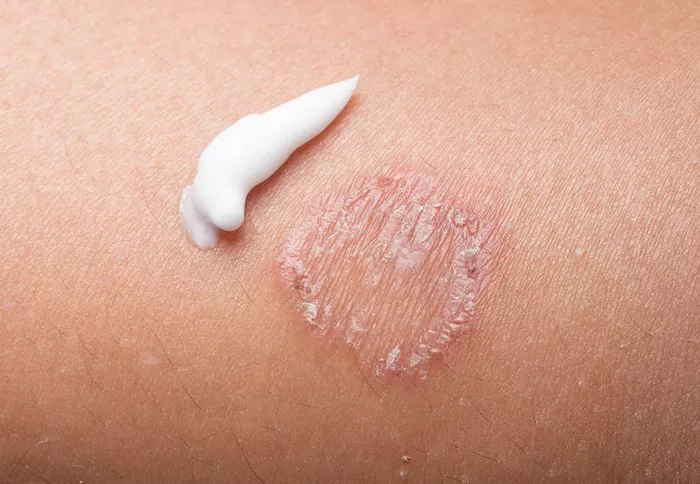Alcoholism, a chronic and often progressive disorder characterized by an inability to control alcohol consumption despite adverse consequences, has long been associated with a myriad of health complications. From liver disease to neurological disorders, the detrimental effects of excessive alcohol intake are well-documented. However, one lesser-known consequence of alcoholism is its potential to manifest in dermatological symptoms, including hives.
Hives, also known as urticaria, are a common skin reaction characterized by raised, red, and itchy welts. These welts can vary in size and shape and may appear suddenly, often in response to triggers such as allergens, medications, infections, or stress. While the exact mechanisms behind the development of hives in alcoholics are not fully understood, research suggests a complex interplay between alcohol consumption, immune system dysregulation, and other contributing factors.
The Immune System and Alcohol Consumption: Unraveling the Connection
The immune system plays a pivotal role in defending the body against foreign invaders and maintaining overall health. However, chronic alcohol consumption can disrupt immune function, leading to a range of immunological abnormalities. Studies have shown that excessive alcohol intake can impair the function of various immune cells, including macrophages, neutrophils, and lymphocytes, compromising the body’s ability to mount an effective immune response.
Furthermore, alcoholism is often associated with systemic inflammation, characterized by elevated levels of pro-inflammatory cytokines and other mediators. This chronic inflammatory state not only contributes to the development of various diseases but also predisposes individuals to certain skin conditions, including hives. In susceptible individuals, the immune system’s aberrant response to alcohol-induced inflammation may trigger the release of histamine and other inflammatory molecules, leading to the characteristic symptoms of hives.
Alcohol and Histamine Release: A Potential Culprit in Hives Formation
Histamine is a key mediator of allergic reactions and inflammatory responses in the body. It is released by immune cells, such as mast cells and basophils, in response to allergens or other stimuli, and plays a central role in the pathogenesis of hives. Interestingly, alcohol consumption has been shown to stimulate histamine release in some individuals, particularly those with certain genetic predispositions or underlying conditions.
Certain alcoholic beverages, such as beer and wine, contain histamine as a natural byproduct of the fermentation process. Additionally, alcohol can promote the release of histamine from mast cells directly, further exacerbating histamine-mediated symptoms like hives. For individuals with alcohol use disorder (AUD) or alcohol intolerance, this histamine release mechanism may contribute to the development or exacerbation of hives following alcohol consumption.
Alcohol and Stress: A Trigger for Hives
Stress is known to exacerbate a wide range of dermatological conditions, including hives. For individuals struggling with alcoholism, stress is often a pervasive component of their daily lives, stemming from various sources such as social, financial, or psychological stressors. Moreover, the cyclical nature of alcohol addiction, characterized by periods of intoxication followed by withdrawal and cravings, can further contribute to stress levels and exacerbate existing skin conditions.
Research has shown that stress can induce the release of stress hormones, such as cortisol, which in turn, can modulate immune function and exacerbate inflammatory responses. In individuals predisposed to hives, the combination of chronic alcohol consumption and stress may create a perfect storm, triggering or worsening the appearance of hives through complex neuroimmune interactions.
The Role of Coexisting Conditions: A Multifactorial Perspective
It is important to recognize that the relationship between alcoholism and hives is not solely determined by alcohol consumption alone. Rather, it is often influenced by a multitude of factors, including coexisting medical conditions and lifestyle choices. Individuals with alcohol use disorder frequently have comorbidities such as liver disease, gastrointestinal disorders, or psychiatric conditions, all of which can impact immune function and skin health.
Moreover, dietary factors and lifestyle habits associated with alcoholism, such as poor nutrition, smoking, and inadequate sleep, can further exacerbate the risk of developing hives. For example, deficiencies in certain nutrients like vitamin C and vitamin D, which are crucial for immune function and skin integrity, may predispose individuals to dermatological manifestations, including hives.
Management and Treatment Considerations
The management of hives in individuals with alcoholism requires a comprehensive approach that addresses both the underlying alcohol use disorder and the dermatological symptoms.
First and foremost, addressing alcohol dependence through behavioral interventions, counseling, and pharmacotherapy is paramount in reducing the risk of recurrent hives and improving overall health outcomes. Additionally, identifying and addressing triggers for hives, such as specific alcoholic beverages, stressors, or underlying medical conditions, is essential in preventing future flare-ups.
Pharmacological interventions, including antihistamines, corticosteroids, and immunomodulatory agents, may be prescribed to alleviate symptoms and suppress inflammatory responses. However, caution should be exercised when prescribing medications to individuals with alcohol use disorder, as certain drugs may interact with alcohol or exacerbate underlying liver dysfunction.
Furthermore, lifestyle modifications, such as adopting a healthy diet, managing stress through relaxation techniques or therapy, and avoiding known triggers, can help reduce the frequency and severity of hives in individuals with alcoholism. Regular monitoring by healthcare professionals and collaboration between dermatologists, addiction specialists, and mental health professionals are essential in providing comprehensive care for this complex patient population.
Conclusion
In conclusion, while the relationship between alcoholism and hives is complex and multifaceted, evidence suggests that chronic alcohol consumption can contribute to the development or exacerbation of dermatological symptoms, including hives. Immune system dysregulation, histamine release, stress, and coexisting medical conditions all play integral roles in the pathogenesis of hives in individuals with alcohol use disorder.
Effective management of hives in this population requires a holistic approach that addresses both the underlying alcoholism and the dermatological symptoms. By addressing alcohol dependence, identifying and managing triggers, and implementing appropriate treatment strategies, healthcare providers can help improve the quality of life and overall health outcomes for individuals struggling with alcoholism and coexisting hives.
Related Topics:
The Best Medicines for Treating Allergic Reaction Hives



























